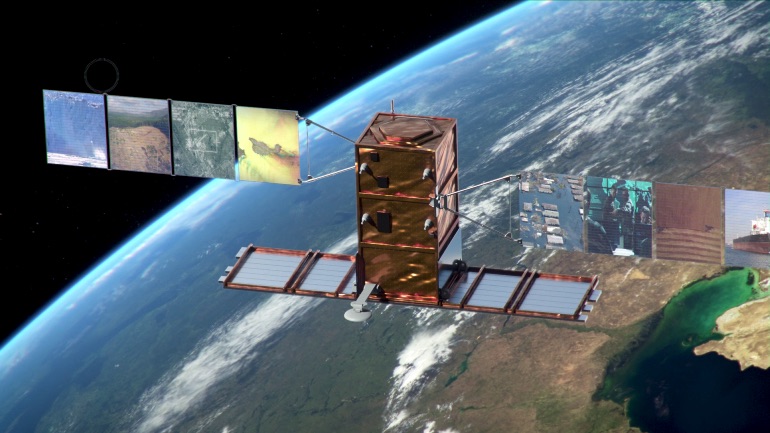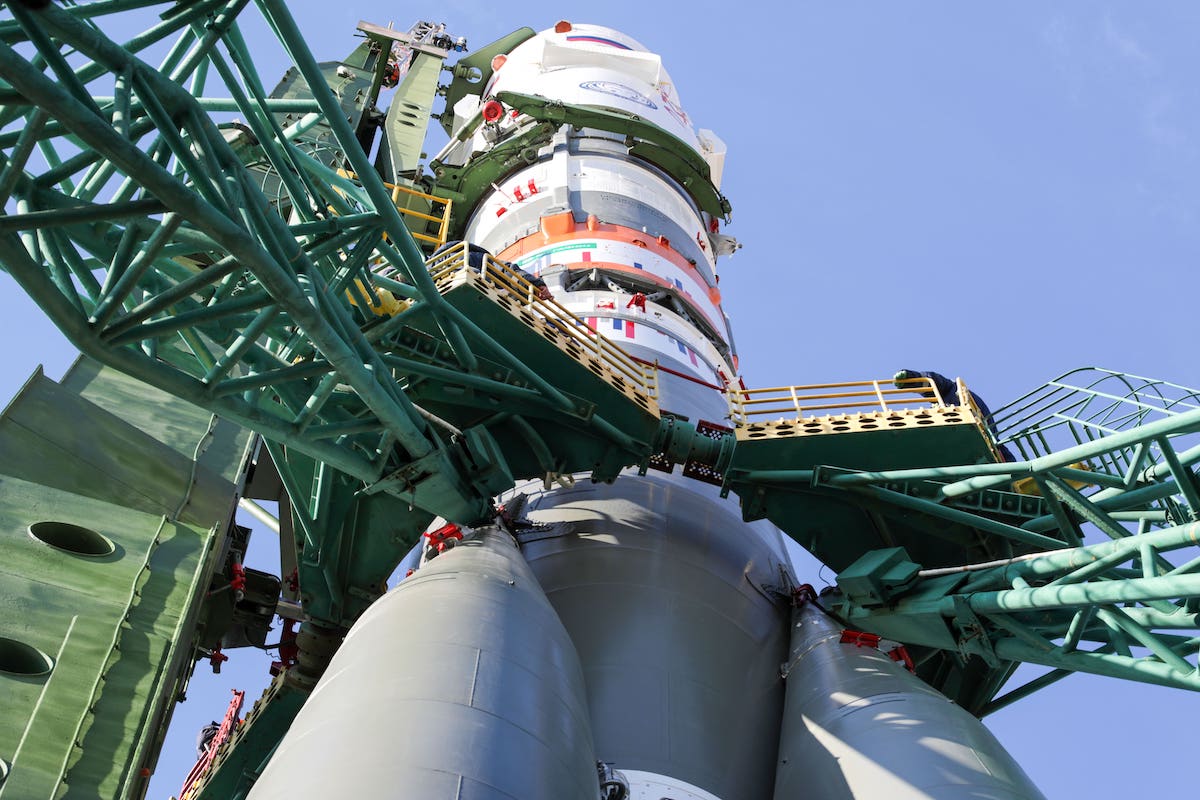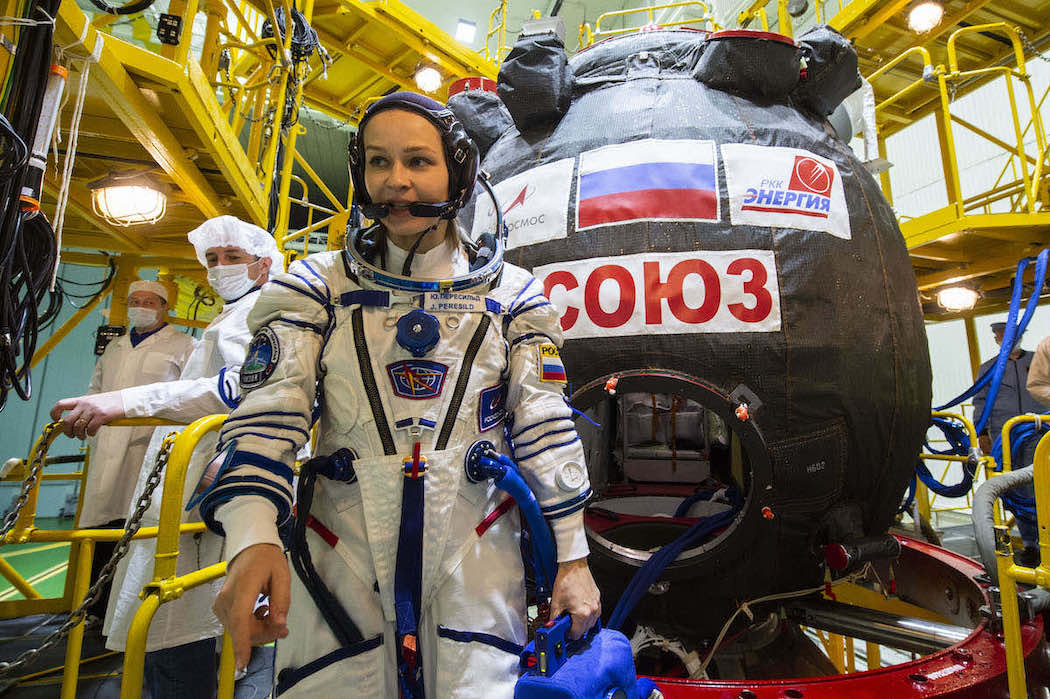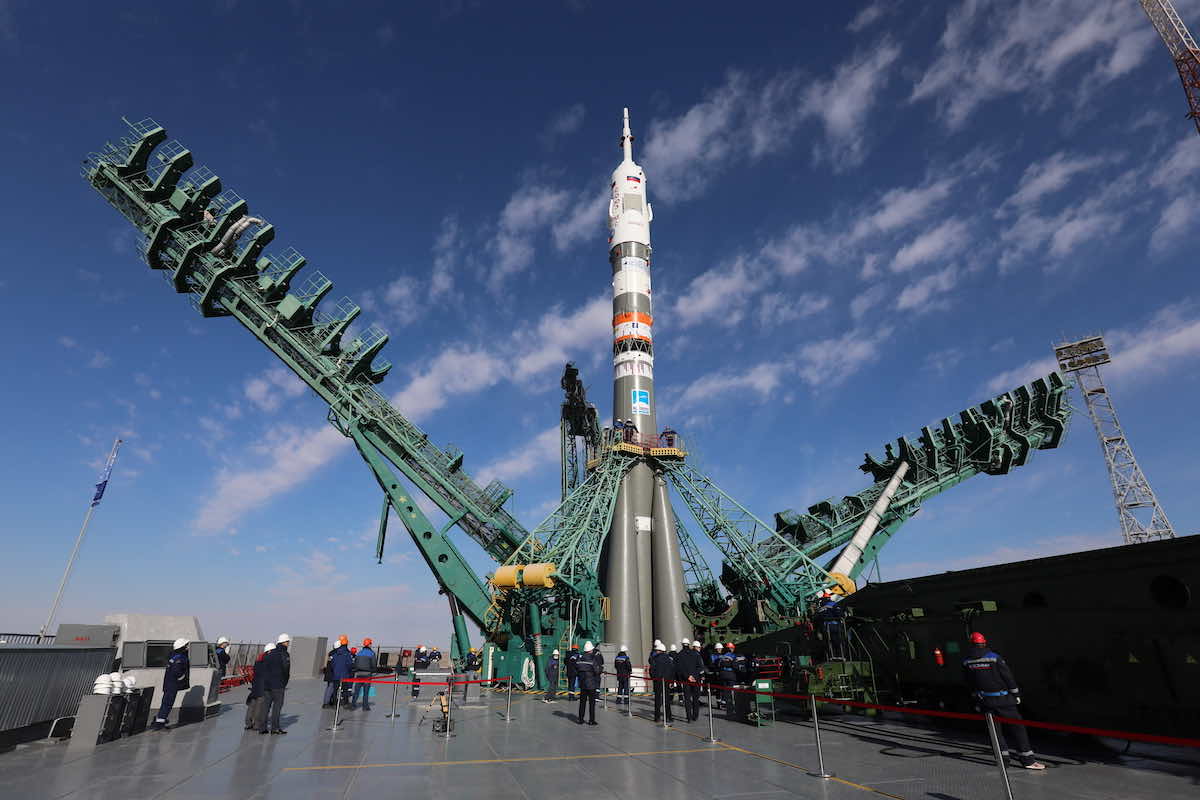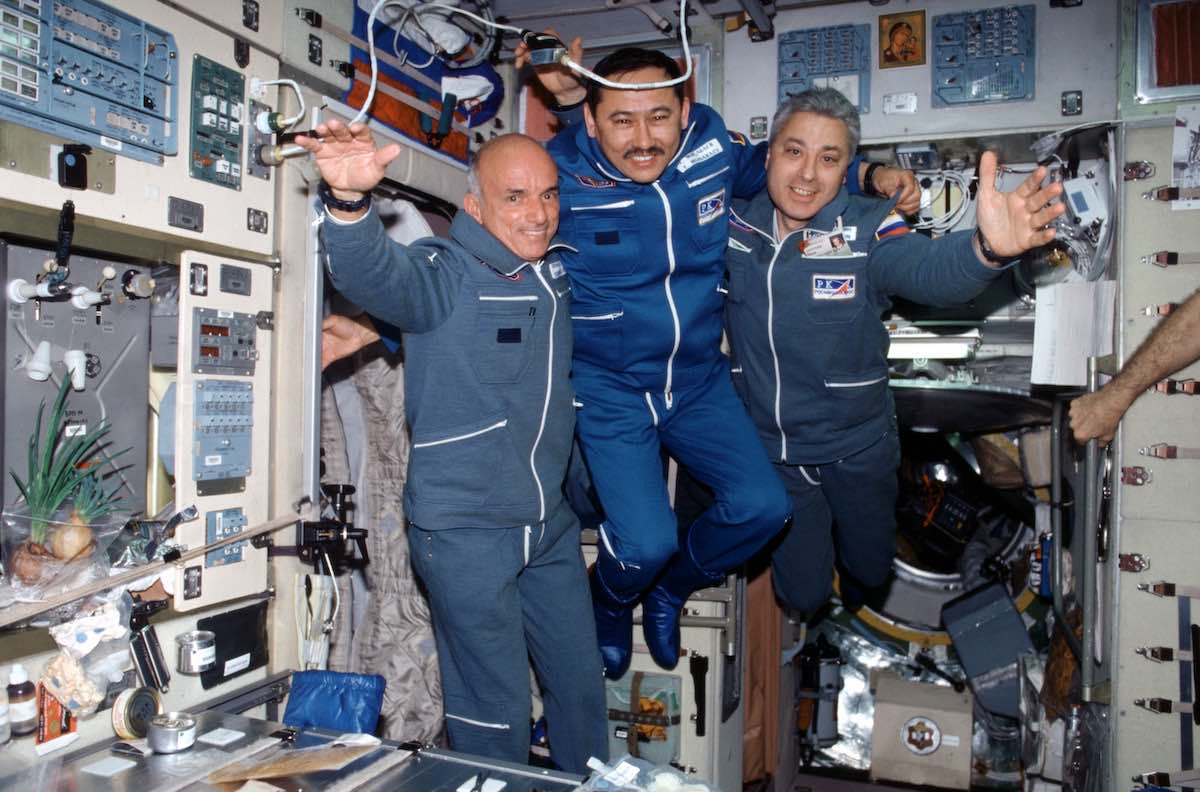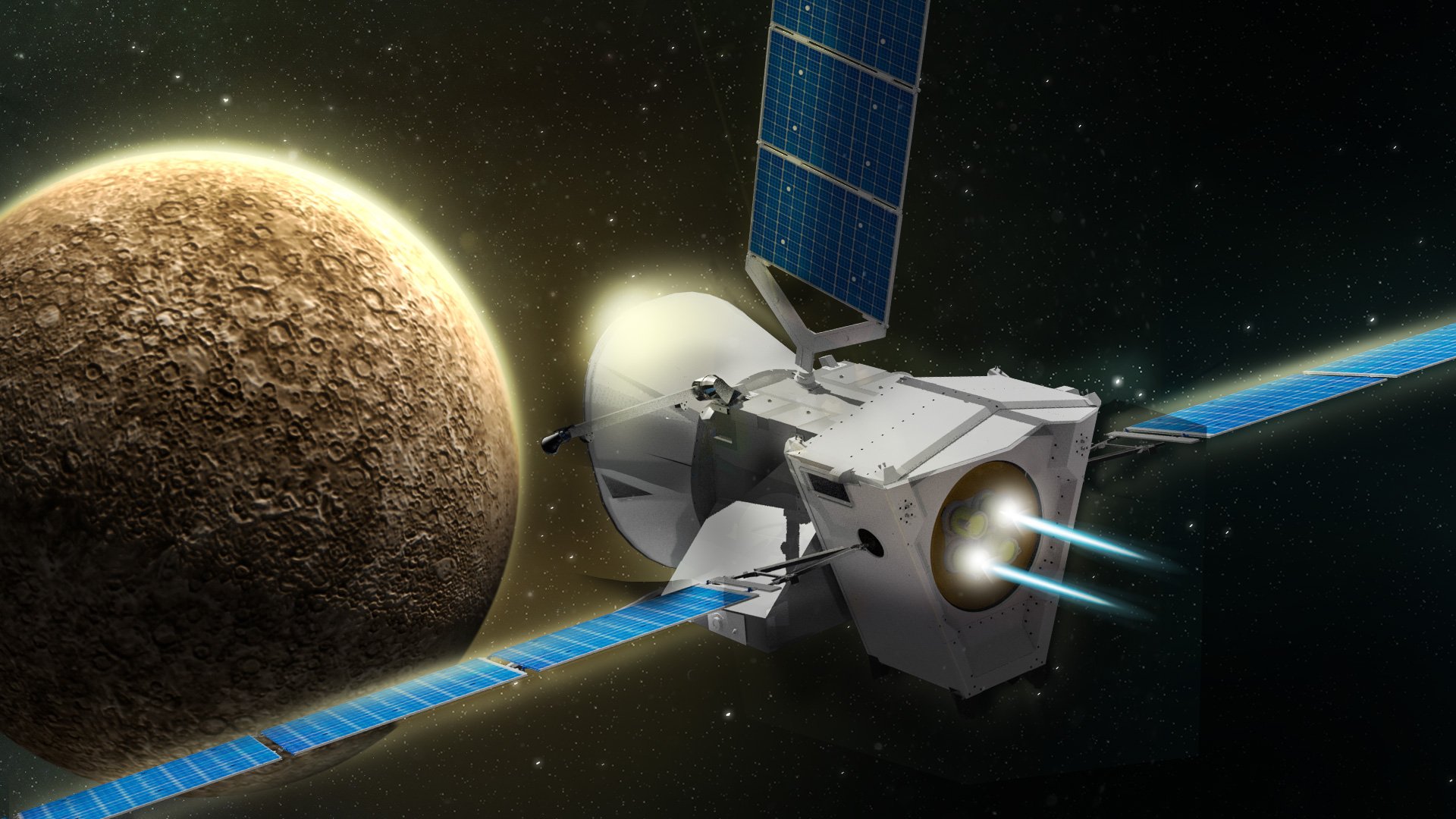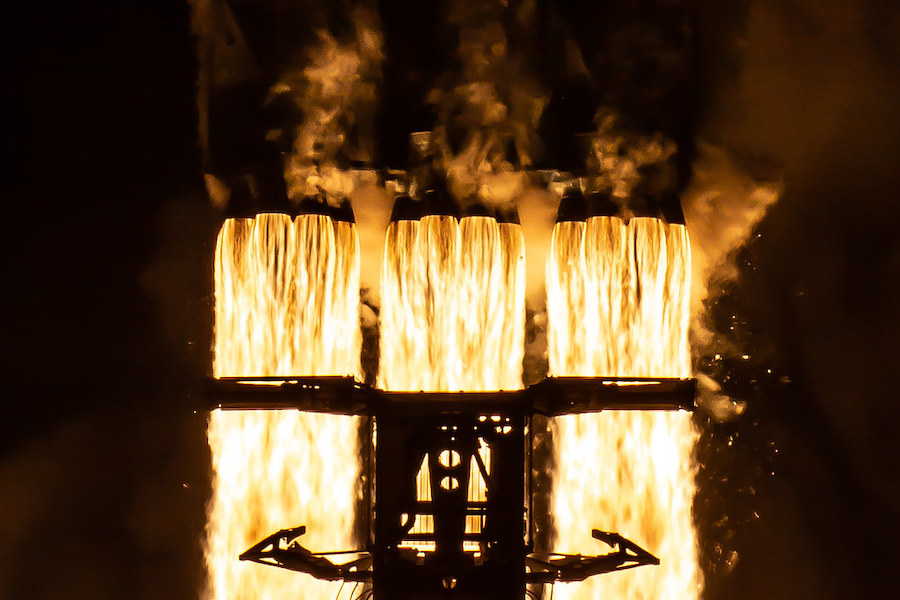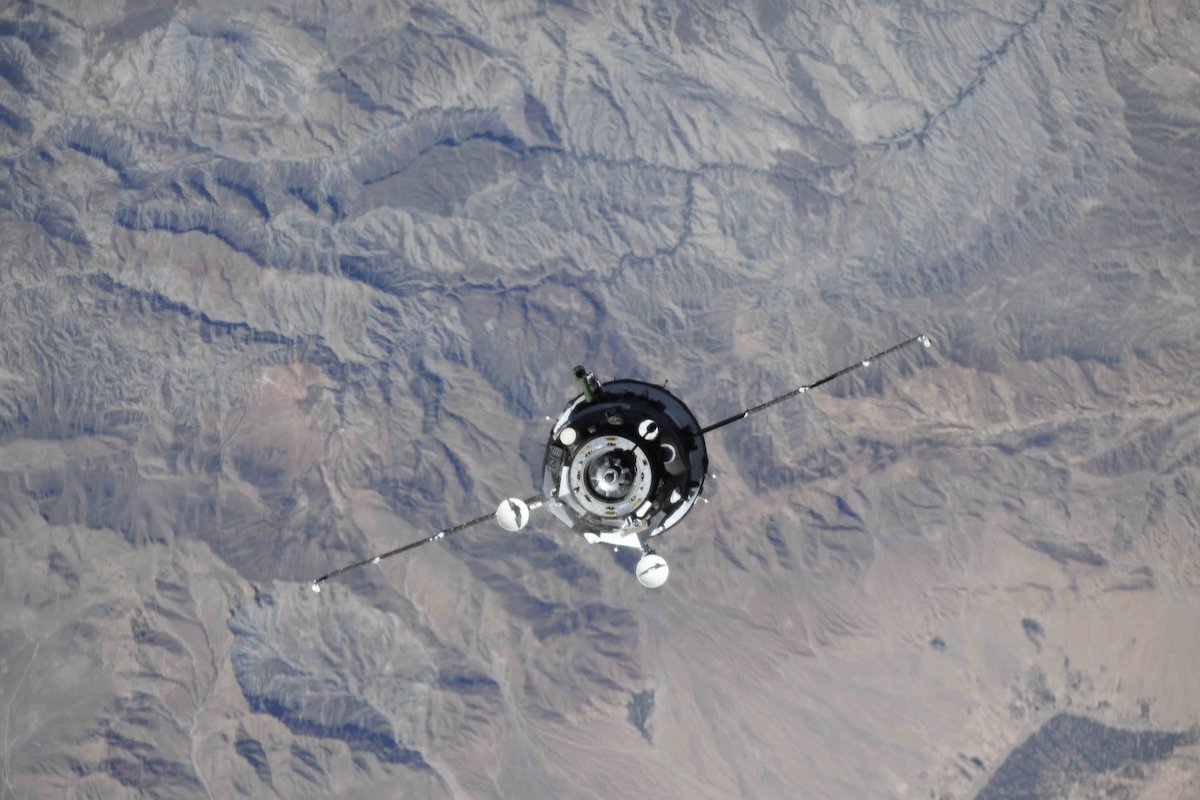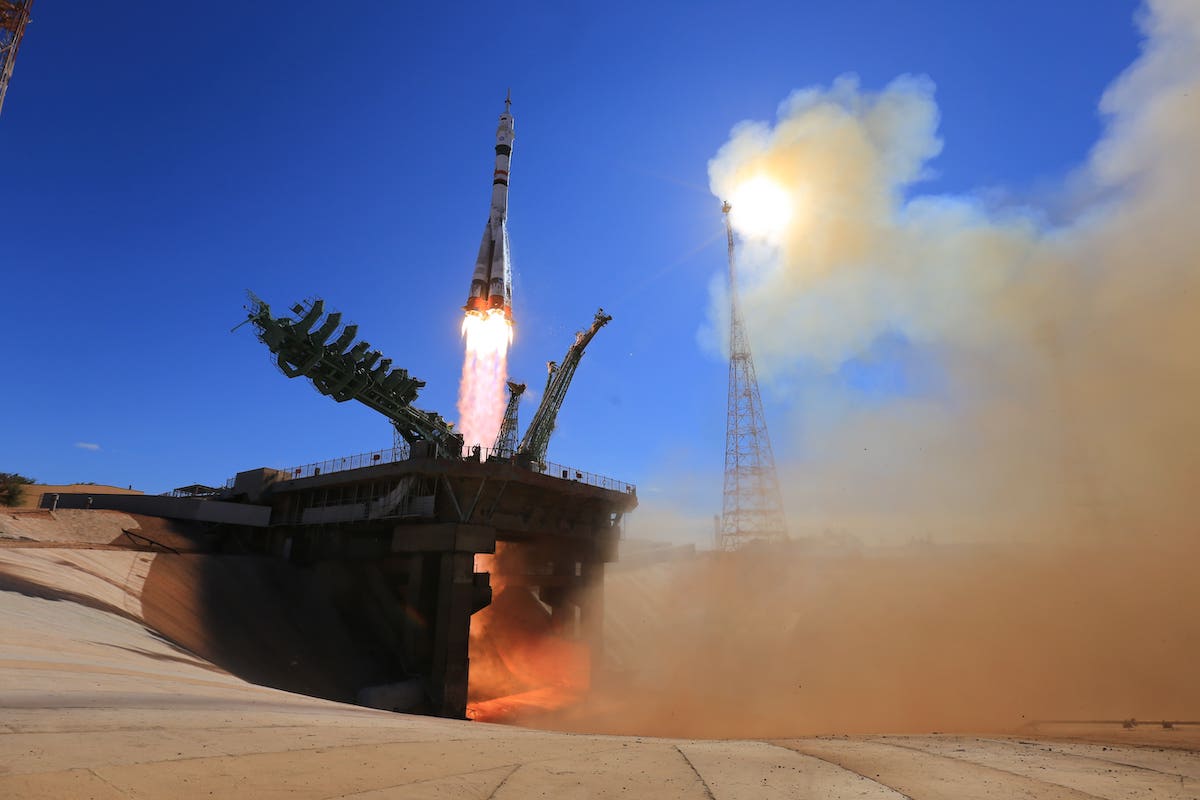Actor William Shatner. Credit: NASA
Blue Origin confirmed Monday that actor William Shatner, who played Captain Kirk on “Star Trek,” will fly into space on a suborbital launch Oct. 12 from West Texas.
The announcement Monday followed a report last month by TMZ that sci-fi actor will fly to space on a Blue Origin launch.
“Yes, it’s true,” Shatner tweeted Monday. “I’m going to be a ‘rocket man!'”
Shatner will fly on the second launch of Blue Origin’s New Shepard booster with human passengers — and the 18th New Shepard launch overall — following a first crewed mission in July. On that flight, Blue Origin founder Jeff Bezos, his brother Mark, aviation pioneer Wally Funk and Dutch teenager Oliver Daemen rocketed to an altitude of 66 miles (107 kilometers), just above the internationally-recognized boundary of space.
Funk, 82, became the oldest person to fly to space on the July 20 launch. Shatner, 90, will break that record.

